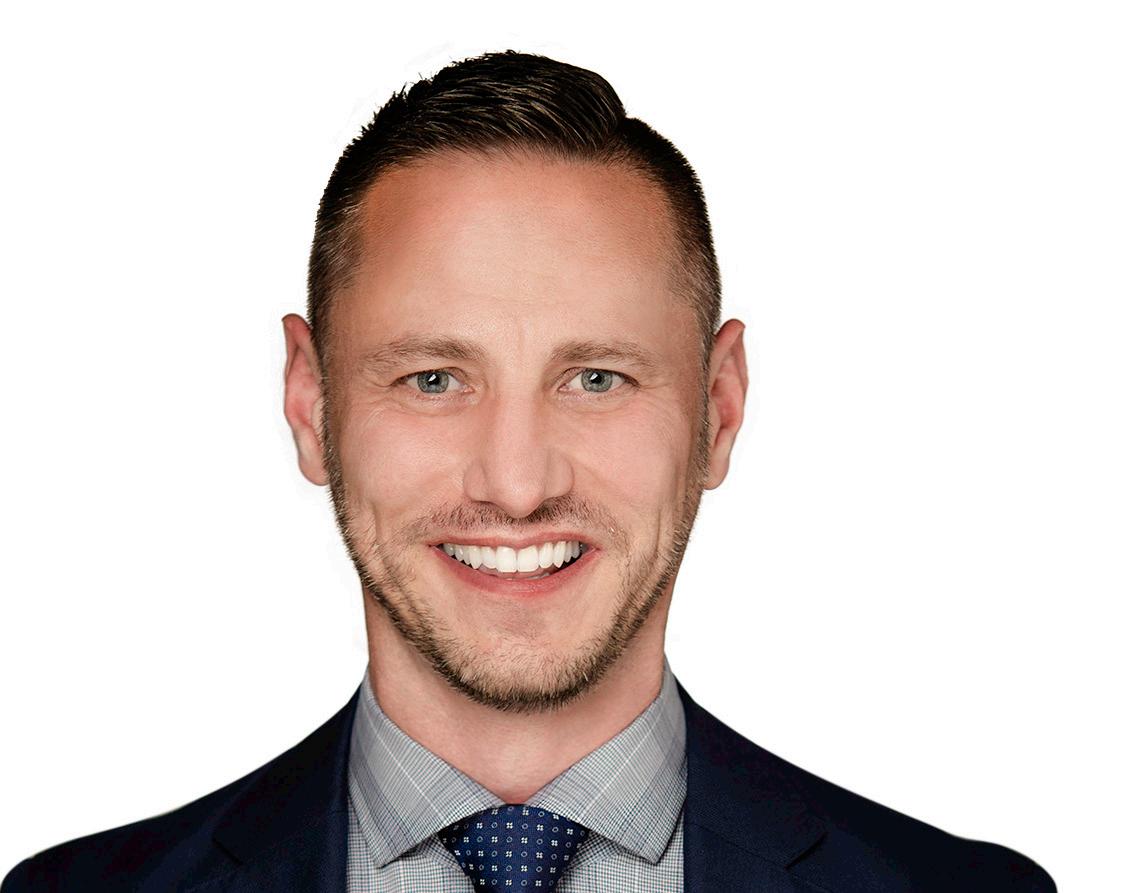
5 minute read
FOUNDATION CHAIRMAN REPORT
from Face to Face® October 2021
by IAOMS
The IAOMS FOUNDATION has much to celebrate this year. For 25 years, the Foundation has provided leadership to fund educational opportunities around the world for OMS specialists at all stages of their careers. We are proud to recognize how far we have come since September 18, 1996. Throughout the month of September, the IAOMS Foundation celebrated our 25th Anniversary with a social media campaign highlighting the many programs, recipients, donors, and leaders who have contributed to the success of the IAOMS Foundation. Thank you to all of those who shared photos, videos, and memories with us.
I am also proud to share that the IAOMS and the IAOMS Foundation will salute our Emerald Level Partner and on-going supporter, KLS Martin Group, as they celebrate their 125th Anniversary this year. In recognition of this landmark anniversary, we have jointly developed a webinar series around OMF surgery which highlights the latest advancements in our surgical discipline along with some history of how it all started. The webinar series will consist of five scientific webinars running from August – December 2021. We hope you have the opportunity to join us for one or all of these webinars.
If you have not yet heard, the IAOMS Foundation released "The IAOMS Foundation: 25 Years and Beyond" podcast series over the summer. This series highlights the Foundation’s programs and accomplishments over the past 25 years and examines how the IAOMS Foundation can play a vital role in shaping future surgeon leaders within the oral and maxillofacial surgical specialty. All episodes are available now on www.iaoms.org/podcasts. The IAOMS Foundation is dedicated to funding education and research for the benefit of all OMS at all levels of experience. I would like to extend a special thank you to our partners, donors, and supporters for their ongoing commitment to our programs and initiatives. As we continue to celebrate our 25th anniversary throughout the year, I hope you join me in honoring this milestone by making a gift to the Foundation. Contributions of any amount are appreciated.
On a personal note, I would like to thank our exceptional staff who help make the Foundation a great organization. Mitch Dvorak, our Executive Director; Kimberly Shadle, Manager of Office Administration and Governance Support, and Vinny Cavello, Communications Manager who work tirelessly for the Foundation and the IAOMS. Thank you to them for their dedication and diligence. Without them, these recent projects would not have been possible.
I am looking forward to seeing you all very soon.
Larry W. Nissen
IAOMS Foundation Chairman

How I do it
CRANIOMAXILLOFACIAL SURGERY DURING COVID-19 PANDEMIC: APPLICATION OF COMPUTER-ASSISTED SURGERY

MAJEED RANA
MAX WILKAT

HEAD & NECK surgeons are facing a serious infection risk during the worldwide COVID-19 pandemic. Not limitlessly shiftable surgical treatments in cases of fractures, infections and tumors need to be carried out timely while providing a sufficient protection from infection for the operation team. Especially in the field of craniomaxillofacial surgery, surgical procedures in the potentially contagious upper airways are considered to be of high risk due to high viral loads of SARS-CoV2 in this localization. Among various reported strategies to minimize the threat of infection with SARS-CoV2, computer-assisted surgery could represent an additional mean to contribute to protection from infection. The presented work illustrates intraoperative navigation, virtual planning and patient specific implants as examples of the beneficial contribution of computerassisted surgery to infection prevention while still maintaining a satisfying treatment result during COVID-19 pandemic.
Surgical steps
1A
A 62 year old male patient with a primary T4a adenoid cystic carcinoma (ACC) of the maxillary sinus and nasal cavity with extension to the infratemporal fossa and skull base in need of second-look resection during SARS-CoV2 outbreak after non-in-sano resection. Calibrating the intraoperative navigation: navigation probe is put at an intraoral of four screws which have been applied previous to the CT-scan after attachment of the navigation tripod to the cranium (A) while the navigation is displayed in all plains and in a 3D-reconstruction view for orientation (B).

1B

A 27 year old female patient with a relapse of an ossifying fibroma of the left maxilla and left maxillary sinus.
2A 2B

2C

(A+B) Autoclavable laser-sintered polyamide cutting guides with fibula model and display of their virtual planning.
2D

Laser-sintered titanium reconstruction plate.

2F 2E

Reconstruction plate attached to fibula graft with the blood supply still connected to the donor site.
Operation site after transferring the flap with the attached reconstruction plate to the reconstruction site and finished osteosynthesis.
2G

Display of the virtual reconstruction plan. Site after microvascular anastomosis of the graft to cervical vessels and wound closure

A 30 year old male patient with an isolated blow out fracture of the right orbital floor. The defect is shown in coronal (A) and sagittal (B) plains and in 3D-view (C) with the virtually designed titanium mesh in situ (red) as a patient specific implant (D) for reconstruction. The trajectories (displayed in green in A to C) are found at the surface of the PSI (D) and enable to check for correct positioning through intraoperative navigation. Therefore, a dental splint with 4 reference screws (displayed in turquoise in C) is necessary. Postoperative CBCT scans in coronal (E) and sagittal (F) plains double-check for correct positioning.
3A 3B

3C


3E 3D

3F







